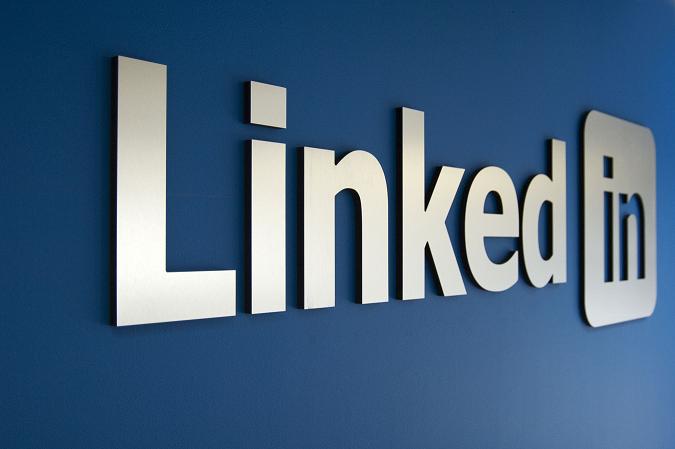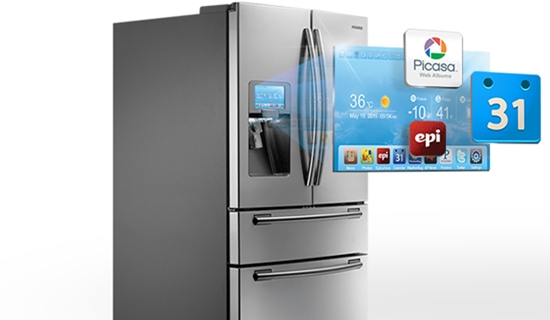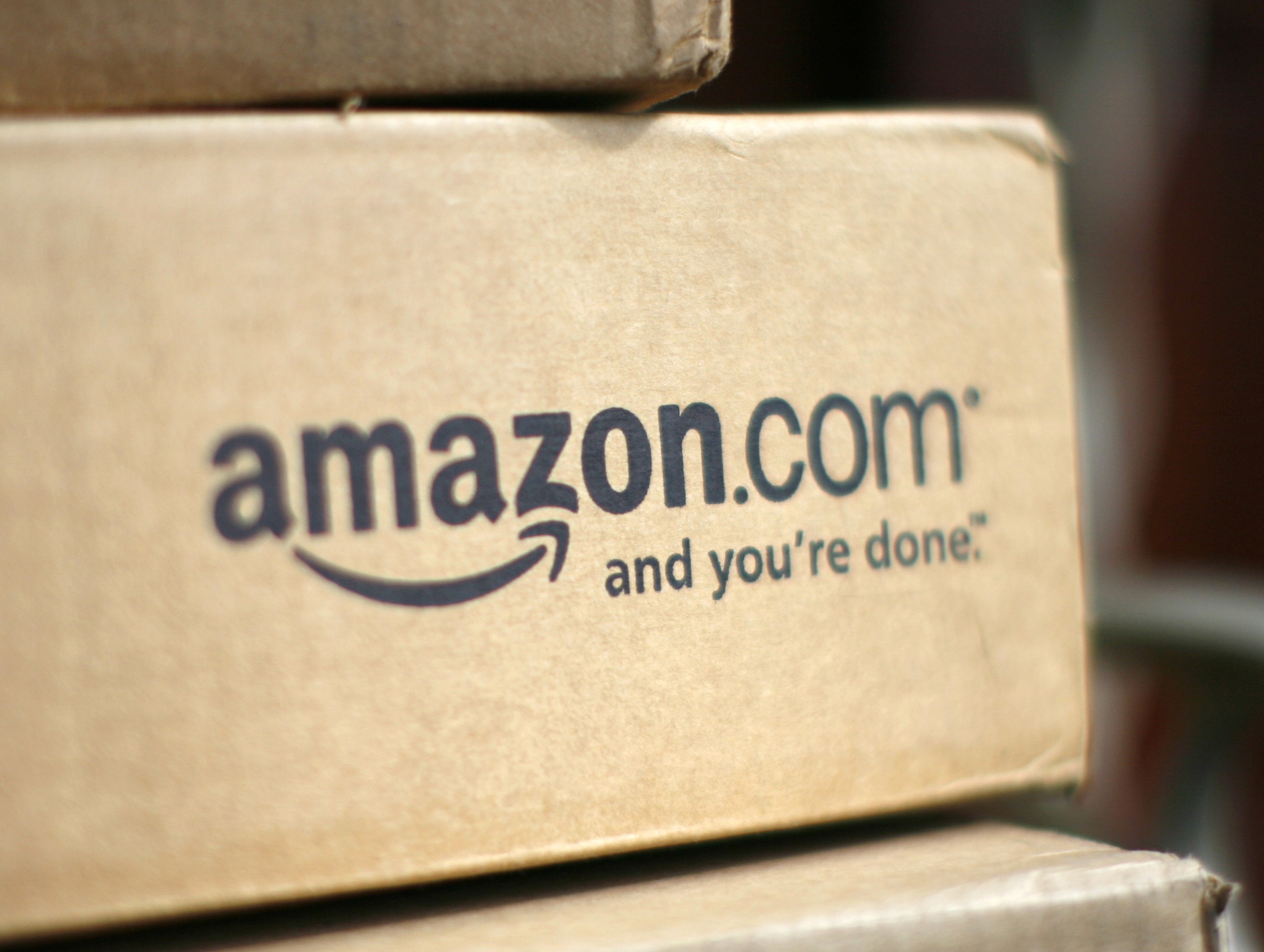The mobile payments app is reportedly testing face-verification for its mobile payment transactions. There’s a tab labeled “Local,” that allows users to find nearby stores that accept PayPal payments – as well as check into venues online that thereafter displays their name and photo in the PayPal app. Store owners can use the app to pay for things, and cashiers can use profile photos to check the identity of the customer. Though PayPal is marketing this as a more “personalized” shopping experience, some are worried about the privacy implications of such a “Minority Report” like system. Useful or overstepping bounds? We’ll have to wait and see what backlash, if any, results.
Tag: apps
AppURL Wants To Link Between Mobile Apps
A new initiative by mobile app search engine Quixey aims to integrate “deep linking” with standalone mobile applications. The initiative is called AppURL and would allow users to navigate between individual apps from within them, calling restaurant reviews in Yelp from within a social media app, for example. The concept of deep linking isn’t new, and there have been several efforts in the past to push it into the mainstream, but most companies using any form of deep linking have a proprietary method of doing so. AppURL aims to standardize deep linking to allow more immersive, efficient app use experiences.
Apple Patents Touchscreen Dashboard
The connected car is quickly becoming a reality. Apple was granted a patent for a new car dashboard that would make most manual controls in your vehicle obsolete. Apple spoke about bringing iOS to vehicles during its developer conference earlier this year, but some design features that will likely make it into the vehicle will likely include the Airplay feature that will allow content on your phone to be displayed on your car’s screen – and Siri support to allow you to do lots of things hands free. iOS in the Car is expected to be released in 2014.
Pandora And Facebook Partner
It’s now increasingly simple to share your Pandora on Facebook. Starting tomorrow, tracks, stations, and songs you give a ‘thumbs up’ to will be shared directly to Facebook. Listening habits are then aggregated and displayed as part of the ‘music’ section on your Facebook profile. The idea is to deeply integrate Facebook with their online identity as they consume content around the Internet, and this partnership with Pandora is probably the first of many across the Internet.
OK Go Releases Word Game App
OK Go has never been a band known for living “by the book,” but their latest effort shows them crossing new boundaries as a band. Today marks the launch of “Say the Same Thing,” a word-based mobile game for iOS and Android coded by the band’s own guitarist, Andy Ross. The premise of the game is for two players to each say a random word, and then in turns work to present words that are conceptually “between” the random words until they meet in the middle by saying the same word. This isn’t an app to extend the reach of OK Go’s music per-se; instead it is an extension of OK Go’s brand and sensibility. The app is released by OK Go in partnership with the label they started, Paracadute Records, a partnership that allows the band to pursue its unique set of artistic and technological endeavors.

LinkedIn Adds Mobile Ads
LinkedIn has redesigned its mobile apps to improve the activity stream and incorporate sponsored content for more than a quarter of their user base that access the networking site on iPhone and Android. LinkedIn is quickly expanding their offering to build out the news feed and encourage conversations on the platform. Also interesting is the addition of content from key influencers outside your network, which in turn makes paid posts feel more native. For brands wanting to reach decision makers, LinkedIn provides plenty of targeting parameters like job title, industry and company size.
Peek Expands To NYC, Miami, & Orlando
Peek today expanded its service to the East Coast, with service now provided for New York, Miami, and Orlando. Peek started as a service to take the pain out of travel plans by helping travelers efficiently find things to do in their destination with services like the “Perfect Day Builder,” that shared tips and ideas from other users and the web. Though the service was initially limited to the San Francisco Bay Area, San Diego, and Hawaii, the company has reported over 100% average monthly growth in bookings since October, and is so popular that it’s offering users micro-level integration with its cities: for instance, it offers tours of Brooklyn’s breweries, the High Line’s food trucks, a red-carpet experience at TriBeCa Film Festival, a “Sleep No More” package, and more. The real advantage is its curatorial edge, and in response the company has raised over $1.4 million from investors including Twitter and Square co-founder Jack Dorsey, Google’s Eric Schmidt, SV Angel, and Khosla Ventures.
Forget Apple, What About An Amazon TV?
Until the iWatch was rumored the continued need for people to talk about Apple, was a conversation fueled by rumors of a Apple TV.
For me this felt like another chance for Apple to redesign something that people didn’t realize was terrible until Apple showed us the way. Generally the seem to put up with bad design and then coin Apple as a genius for what amounts to quite obvious simplification. In fact, I’m amazed at how much bad design people put up with, every single remote in my apartment is a ugly and functions terribly, my microwave has 32 buttons, of which I use 4.
All the conversations thus far have spun around how Apple would change the way we navigate content. They would likely bring in this world of easily searchable pipes where we’d not focus on the content provider ( Fox) or channel ( Fox Soccer ) or means of providing content ( Cable TV), but instead focus on a content theme like “Soccer” and then show us all manner of “Soccer” content from live games, to video on demand, to youtube to Bluray discs you could buy. It seems like a natural way to change the game, but one fraught with political battles that only someone like the mighty Apple could win.
A question I was asked to Answer on Quora got me thinking, it was asking why T-Commerce ( the idea of buying goods and services directly from TV Ads or TV shows) has not taken off.
I quickly replied how many brands don’t have ( or want to have) the fulfillment systems required to make that attractive, so while P&G are big enough to have a online shop, they aren’t too keen to sell you a bottle of Dawn for home delivery when they’d rather you went to store. I jokingly suggested the only people who’d ever be able to make the model work would be Amazon. It got me thinking.
An Amazon TV would be much like a Kindle HD. It would be sold at cost price, hardwired to buy “content” or in this case “Goods” from Amazon. Amazon would gain market share of these TV by undercutting the competition. As an Amazon customer, you would have your address and Credit card on file. I’d expect it to have a built in camera for monitoring user behavior, but also for Skype calls and gesture control. So as a consumer your experience would be this.
You could see any Amazon content on your TV with no set top box, so you could play TV, Music and Videos via your Amazon account ( and price based on how many people viewing). I’d expect Amazon to have amazing search and recommendation engines based on your demographic and behavioral data and what your friends and influencers watch. This content would be served by agreements with Cable and other TV companies, again, only Amazon has the might to be able to do this with the required weight.
It would be gesture controlled, and be linked up to Amazon Voice to allow you to make video calls over the internet. Amazon would then sell the ability to buy items seen in TV shows, Films, Games and Advertisement breaks to Brands, but with the deals fulfilled by Amazon – so you may be watching Skyfall and buy MacCallan Whisky or Heineken, or be watching A teen drama and decide to buy the outfit worn by the main character, or most likely be watching a TV ad and decide to add a product to your shopping basket.
Amazon then start to get even more customer data, it showcases the effectiveness of ads, records which creative works, when they work, you could even serve banner ads in real time based on promotions that may be going on, so long as the customer finds them valuable,
It seems to be the perfect combo, brands selling more to people, to target more precisely being able to monitor ad effectiveness and producing a solution that works well for typical heavy Amazon users.
PAUL Wants to Pre-Load Your YouTube Videos
The award for clever app name of the year goes to PAUL, an app named for the octopus who correctly predicted the outcome of Germany’s 7 matches in the 2010 FIFA World Cup. The Android app, created by inmobly, uses a predictive cache/download algorithm to provide videos that match your preferences, even without a data connection, based on videos you have watched in the past. The service currently uses five major video sharing services – Facebook, YouTube, Twitter, CNN, and ESPN ScoreCenter, with plenty of room for expansion in the future. The service dramatically reduces network strain, but is also exciting for its potential to collect a gold mine of preference information.

Joining The Dots
I think sometimes we look at things in a lens that is too focused.
For many years we’ve looked and laughed at internet enabled fridges and tweeting plants but to make sense future thinking people have taken a step back and had the imagination to see the whole ecosystem of the connected home, a world where you can turn on your cooker from work, or check to see if you have left the garage door closed.
But I still think these use cases are rather pathetic, relatively fringe and certainly not providing enough value to make the $15k investment in an entirely connected home worthwhile.
But when you really take a step back, where you vision includes things that seem rather peripheral, you can begin then to join a lot of things together that show how amazing things could happen.
I don’t think we are far from a world where the world of advertising starts becoming less the use of creativity to get brands and consumers to connect and engage, but a world where creativity is used to allow brands to provide value to consumers. The process of agencies like the IPG Media lab will be to have the imagination but also the knowledge of fringe technology to join the dots together and to do so in the context of business and brands.
We are talking of a world of both creative business models and branded utility.
I think in less than 3 years a connected home will include a fridge that knows what products we like, what food we have, when it is about to turn bad, where we are going to be that week, who we may expect to have come and visit.
This may seem rather out there, but it’s a simple question of taking in some of the utility that apps like “Slice” provide now, advancing it a little, and then pulling data from your google calendar, location and other sources to help suggest solutions, or as we like to call it, the world of “anticipatory computing”
In a world like this, an online grocery company could subsidize the cost of your fridge by ensuring that it will only be able to order goods from their own site.
You may find that you never run out of milk because it’s ordered before it’s about to go bad or run out.
You may find ads for food products that sync with your fridge and tell you what else you need to order to make a suggested recipe and order it for you.
This is world far removed from the now, but not because the technology is so advanced, but because our attitude towards “advertising” shifts away from technology as an enabler of better brand messaging, but technology as an enabler of better brand solutions.

